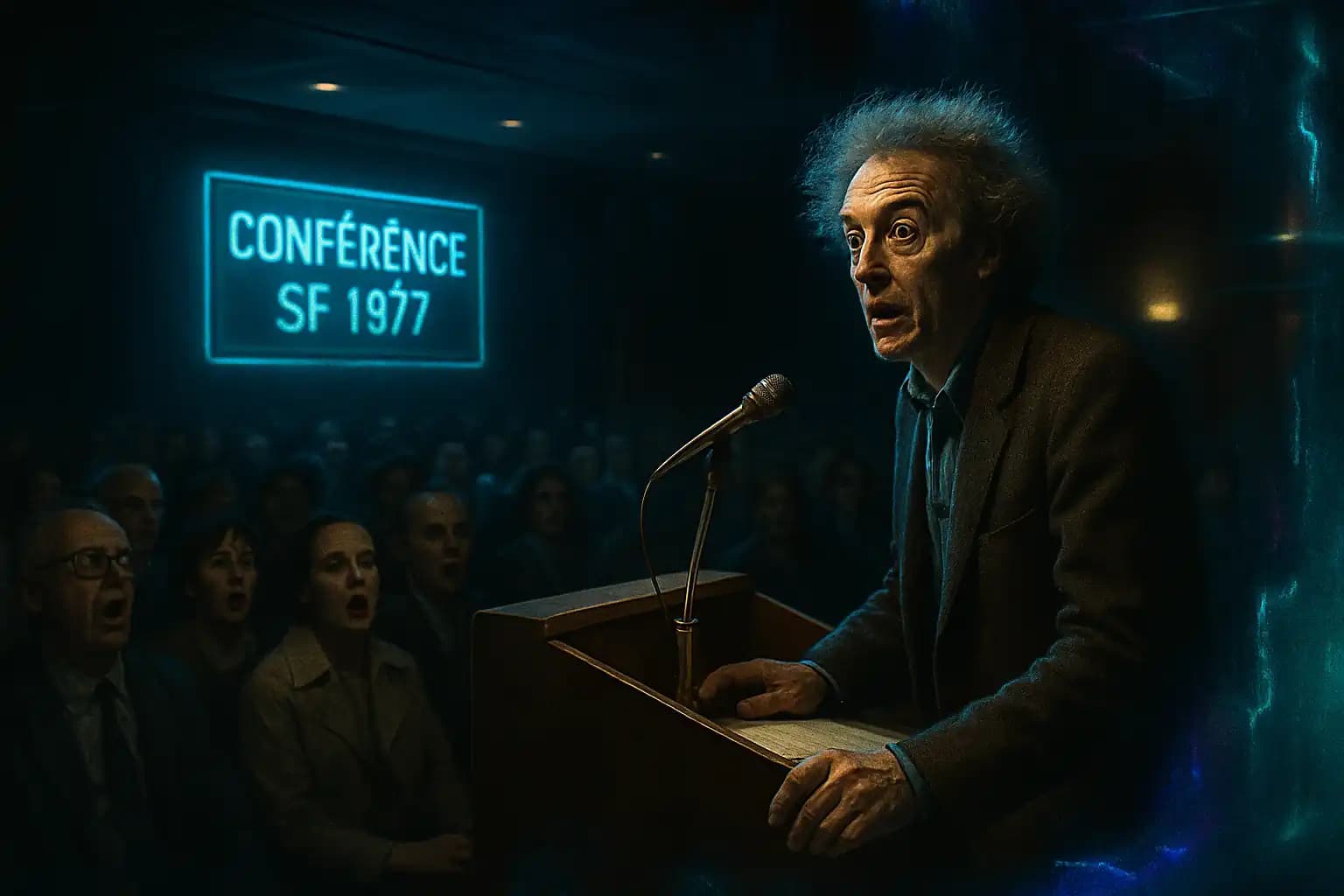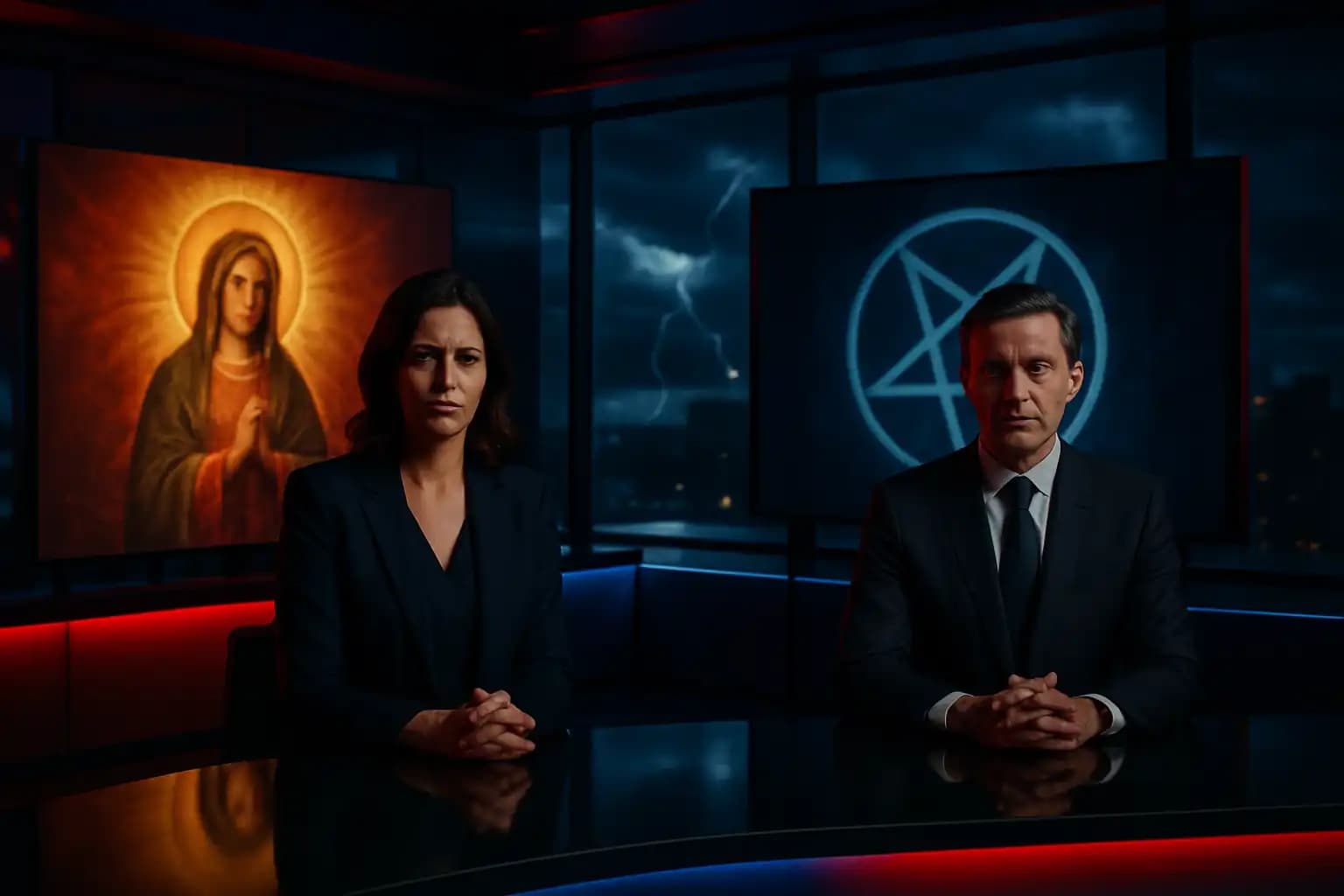When a decorated military officer shares his extraordinary experiences, it’s time to listen. Admiral Richard E. Byrd, a man of numerous accolades, claimed that Antarctica is not the barren wasteland we’ve been led to believe. Instead, he suggested it could be a thriving continent with secrets that challenge everything we know about our world.
Key Takeaways
- Admiral Byrd was a highly decorated officer with a history of groundbreaking expeditions.
- His expeditions to Antarctica revealed unexpected findings, including possible advanced civilizations.
- Operation High Jump raised questions about military intentions and the true nature of Antarctica.
- Byrd’s mysterious experiences during his flights have fueled conspiracy theories about hidden worlds.
The Legacy of Admiral Richard E. Byrd
Admiral Richard E. Byrd was not just any officer; he was a legend in the U.S. Navy. Known for his relentless pursuit of exploration, Byrd led five expeditions to Antarctica between the early 1900s and the early 2000s. His first trip in 1928 involved two ships and three airplanes, focusing on mapping and studying the continent.
Byrd’s expeditions were groundbreaking, but it was his Operation High Jump from 1946 to 1947 that sparked significant intrigue. This operation was officially a military drill, but the scale of the mission raised eyebrows. With 14 ships, 33 aircraft, and nearly 4,700 men, it was more than just a simple training exercise.
Operation High Jump: A Military Mystery
- Objective: To test equipment in cold weather and map the Antarctic region.
- Scale: Involved a massive naval task force, including heavily armed ships and aircraft.
- Duration: Originally planned for 6-8 months but was cut short to just 40 days.
The official narrative claimed that the operation was terminated due to worsening weather conditions. However, many questioned why a military operation designed to test equipment in cold weather would end prematurely during the summer months.
Theories and Speculations
As the operation concluded, rumors began to swirl. Some speculated that Byrd and his team encountered something extraordinary. Reports suggested that Byrd had a mysterious experience during a flight over the South Pole, where he claimed to have seen lush green valleys and even a mammoth-like creature.
Byrd’s diary, released posthumously, detailed his astonishing claims. He described a shimmering city and encounters with tall, blonde beings who spoke English with a Germanic accent. This led to theories about advanced civilizations hidden within the Earth, aligning with the Hollow Earth Theory.
The Hollow Earth Theory
- Origins: Proposed by astronomers in the 1690s and expanded upon in the 1810s.
- Beliefs: Some theorists suggest that advanced civilizations, including aliens and ancient cultures, reside within the Earth.
- Implications: If Byrd’s claims are true, it challenges our understanding of history and geography.
The Aftermath of Operation High Jump
After returning from Antarctica, Byrd attended a debriefing at the Pentagon. He shared his experiences, but soon after, he was reportedly detained for several hours. The military’s interest in his findings raised further questions about what truly happened during the expedition.
Byrd’s subsequent silence on the matter only fueled speculation. His diary, however, became a focal point for conspiracy theories, suggesting that he had stumbled upon something the government wanted to keep hidden.
The Mysterious Deaths
Adding to the intrigue, the Secretary of Defense at the time, James Forrestal, died under suspicious circumstances shortly after Byrd’s expedition. His death was ruled a suicide, but many believe it was connected to his advocacy for transparency regarding extraterrestrial life.
Moreover, Byrd’s son was found dead under mysterious conditions, raising further questions about the potential cover-up surrounding Operation High Jump.
Conclusion: A World of Secrets
The story of Admiral Byrd and his Antarctic expeditions is filled with mystery and intrigue. Whether one believes in the Hollow Earth Theory or the existence of advanced civilizations, Byrd’s experiences challenge our understanding of Antarctica and what lies beneath its icy surface.
As we continue to explore the unknown, Byrd’s legacy serves as a reminder that there may be more to our world than meets the eye. The secrets of Antarctica remain shrouded in mystery, waiting for the next explorer to uncover them.




